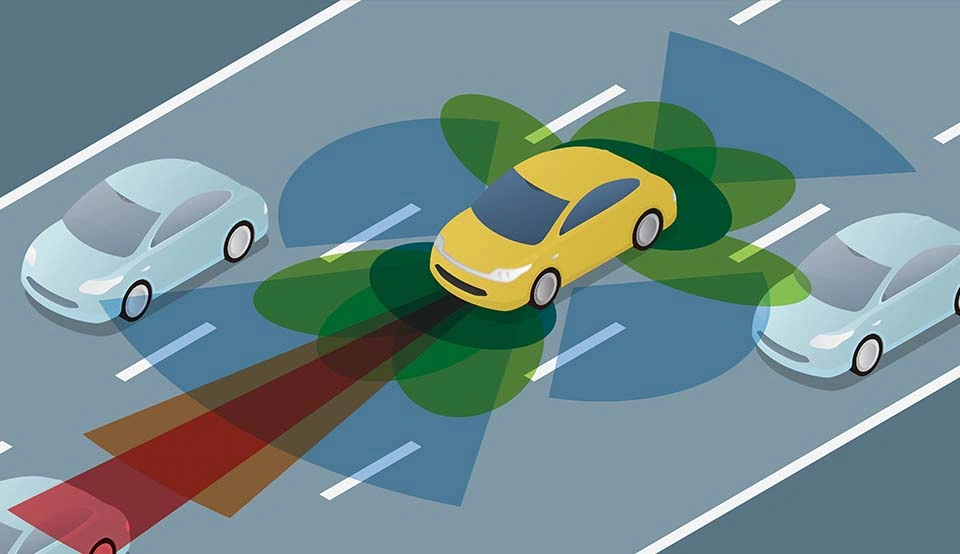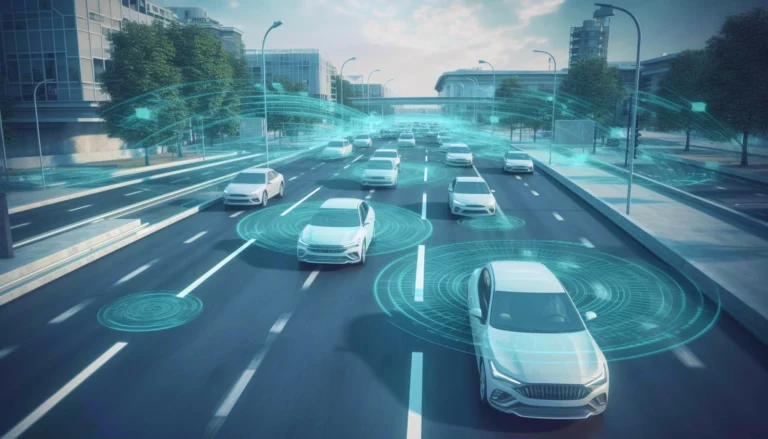Road safety has always been a top priority for drivers, automakers, and policymakers. With advancements in technology, modern vehicles are now equipped with cutting-edge safety features designed to reduce accidents and save lives. From autonomous driving systems to smart sensors and AI-powered collision prevention, the landscape of road safety is undergoing a major transformation. Let’s explore the latest innovations in vehicle safety and how they are shaping the future of driving.
The Evolution of Vehicle Safety Features
Over the decades, automobile safety has come a long way. Early cars lacked even basic safety features like seat belts and airbags. However, as technology advanced, automakers introduced anti-lock braking systems (ABS), electronic stability control (ESC), and adaptive cruise control (ACC) to enhance driver safety.
Today, we are witnessing the rise of fully autonomous safety systems that assist drivers or even take control in critical situations. With AI and machine learning playing a crucial role, cars are becoming smarter and more aware of their surroundings than ever before.
Top Cutting-Edge Safety Features Transforming Road Safety

1. Advanced Driver Assistance Systems (ADAS)
ADAS refers to a range of smart technologies that assist drivers in making safer decisions. Some key ADAS features include:
- Lane Departure Warning (LDW): Alerts drivers if their vehicle drifts out of its lane without signaling.
- Blind Spot Detection (BSD): Uses sensors to warn drivers about vehicles in their blind spots.
- Forward Collision Warning (FCW): Notifies the driver if a potential collision with a vehicle or obstacle is detected ahead.
- Adaptive Cruise Control (ACC): Maintains a safe following distance by adjusting the vehicle’s speed automatically.
These technologies are designed to reduce human error, which is one of the leading causes of road accidents.
2. Automatic Emergency Braking (AEB)
AEB is one of the most significant advancements in vehicle safety. This system detects imminent collisions and automatically applies the brakes if the driver does not react in time. Studies show that AEB can significantly reduce rear-end crashes and pedestrian accidents.
3. Artificial Intelligence (AI) and Machine Learning
AI-powered safety features are becoming more common in modern vehicles. AI can analyze vast amounts of data in real time to predict and prevent accidents. Some AI-driven safety technologies include:
- Driver Monitoring Systems (DMS): Uses facial recognition to detect drowsiness or distraction and alerts the driver.
- Traffic Sign Recognition: AI-powered cameras identify road signs and display relevant warnings to the driver.
- Predictive Collision Prevention: AI assesses road conditions and traffic patterns to anticipate and prevent accidents before they happen.
4. Vehicle-to-Everything (V2X) Communication
V2X is an innovative technology that allows vehicles to communicate with other vehicles (V2V), infrastructure (V2I), and pedestrians (V2P). This system enables cars to share real-time information about traffic conditions, hazards, and road signals, helping drivers make informed decisions.
For example, if an accident occurs ahead, vehicles equipped with V2X can alert drivers in advance, allowing them to take alternate routes and avoid potential risks.
5. Autonomous Driving and Self-Driving Cars
The future of road safety lies in autonomous vehicles. Companies like Tesla, Waymo, and General Motors are developing self-driving technology that can eliminate human error and enhance road safety. While we are still in the early stages, Level 3 and Level 4 autonomy (where cars can drive themselves under certain conditions) are already being tested on public roads.
The Benefits of Advanced Safety Features

1. Reduced Traffic Accidents
Studies show that advanced safety technologies can reduce accidents caused by human error. Features like AEB, lane-keeping assist, and collision avoidance systems help drivers avoid dangerous situations and prevent crashes.
2. Lower Insurance Costs
Vehicles equipped with advanced safety features often qualify for lower insurance premiums. Insurers recognize that these technologies reduce accident risks, making safer vehicles more cost-effective for consumers.
3. Improved Traffic Flow
Smart safety features help optimize traffic flow by reducing sudden braking, lane swerving, and collisions. V2X communication can also help improve traffic efficiency by providing real-time updates on congestion and road conditions.
4. Protection for Pedestrians and Cyclists
Pedestrian safety is a significant concern, especially in urban areas. AI-driven pedestrian detection systems and emergency braking features can prevent accidents involving vulnerable road users.
Challenges and the Road Ahead
Despite the progress, there are challenges that need to be addressed before these technologies become mainstream:
- Cost: Advanced safety features often come with high costs, making them inaccessible to some consumers.
- Regulatory Issues: Governments need to establish clear policies and standards for autonomous vehicles and AI-powered safety systems.
- Cybersecurity Risks: As cars become more connected, cybersecurity threats like hacking and data breaches pose serious concerns.
However, as technology advances and adoption increases, these challenges will likely be addressed, making road safety innovations more accessible to everyone.
Final Thoughts
The future of road safety is being shaped by cutting-edge technology, AI-driven assistance, and autonomous driving systems. With features like ADAS, AEB, AI monitoring, and V2X communication, the automotive industry is taking significant strides toward a safer driving experience for all.
As we move forward, continued investment in innovation and infrastructure will be crucial in ensuring that these advancements benefit everyone on the road. The next time you get behind the wheel, remember that the car of the future is not just about speed and style—it’s about making our roads safer, smarter, and more connected.
Are you ready for the future of road safety?


